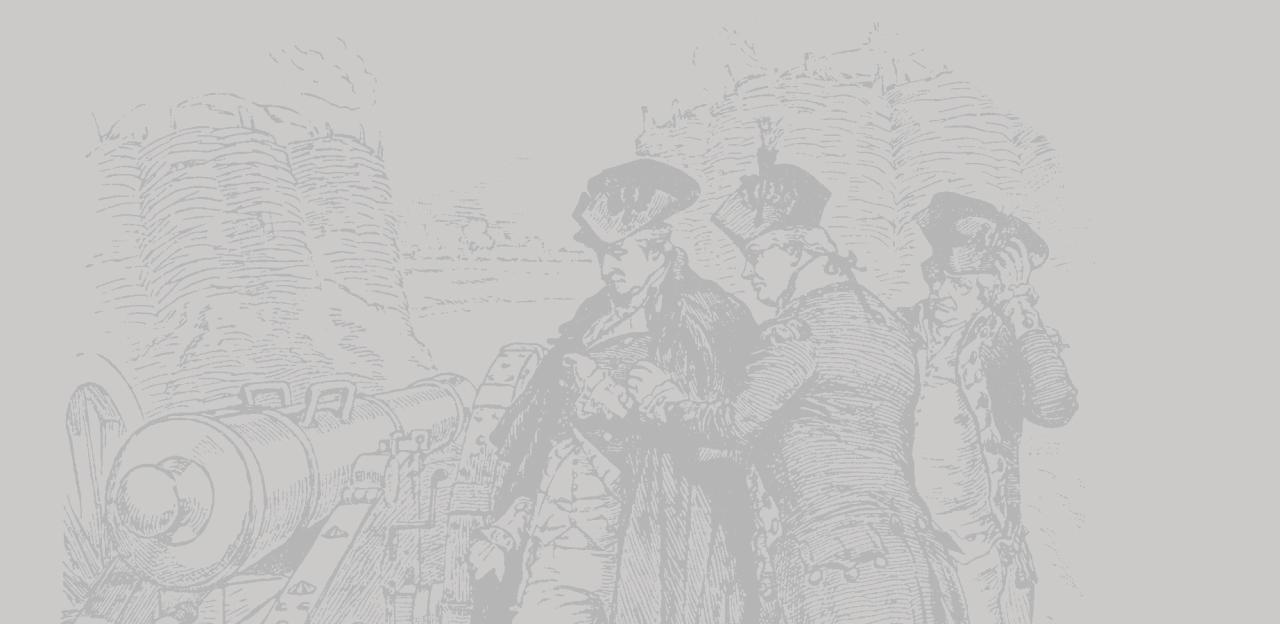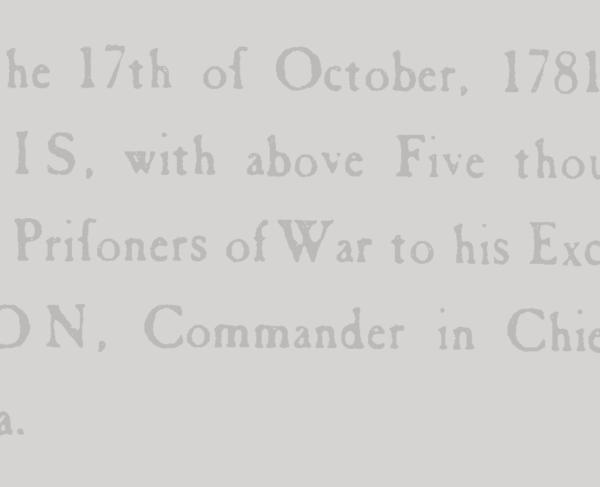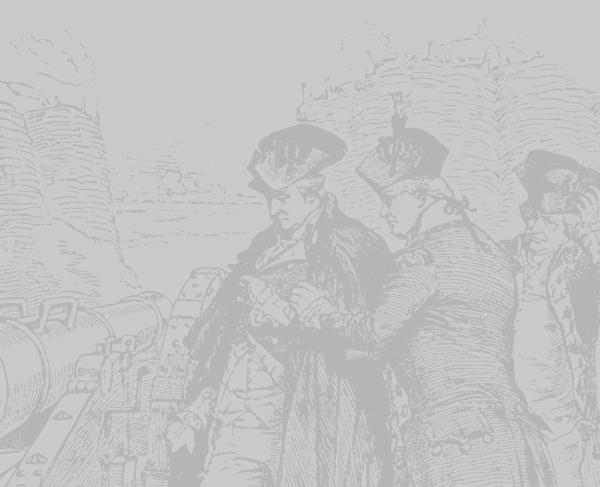Guilford Courthouse: "We have blundered through"

General Nathanael Greene led the American forces at the Battle of Guilford Courthouse on March 15, 1781. Greene formed his roughly 4,500 men into three lines to fight British General Charles Lord Cornwallis's army of 2,100 men. The first American line was held by North Carolina militia. In the second line Greene positioned militia from Virginia. Continental Regulars composed Greene’s third and most formidable line. The concept, known as a defense in depth, was for the first two lines to exhaust the enemy's advance and inflict as many casualties as possible in the hopes of delivering a decisive blow at the third line. However, Greene lost the battle of Guilford Courthouse, but Cornwallis lost 25% of his men and could not pursue the Americans. After this battle, Cornwallis shifted his operations from North Carolina to Virginia, a decision that would contribute to the British defeat at Yorktown and to the independence of the United States.
The following source is from Greene's after-action report of the Battle of Guilford Courthouse:
Here has been the field for the exercise of genius, and an opportunity to practice all the great and little arts of war. Fortunately, we have blundered through without meeting with any capital misfortune. On the 11th of this month I formed a junction, at the High Rock Ford, with a considerable body of Virginia and North Carolina militia, and with a Virginia regiment of eighteen months’ men. Our force being now much more considerable than it had been, and upon a more permanent footing, I . . . [gave] the enemy battle without loss of time, and made the necessary dispositions accordingly. The battle was fought at or near Guilford Court-House. . . . The battle was long, obstinate, and bloody. We were obliged to give up the ground, and lost our artillery, but the enemy have been so soundly beaten that they dare not move towards us since the action, notwithstanding we lay within ten miles of him for two days. Except the ground and the artillery, they have gained no advantage; on the contrary, they are little short of being ruined. The enemy’s loss in killed and wounded cannot be less than between six and seven hundred, perhaps more. Victory was long doubtful and had the North Carolina militia done their duty, it was certain. They had the most advantageous position I ever saw, and left it without making scarcely the shadow of opposition. Their General and Field Officers exerted themselves, but the men would not stand. Many threw away their arms, and fled with the utmost precipitation, even before a gun was fired at them. The Virginia militia behaved nobly, and annoyed the enemy greatly. The horse, at different times in the course of the day, performed wonders. Indeed, the horse is our great safeguard, and without them the militia could not keep the field in this country. . . . I am happy in the confidence of the army, and, though unfortunate, I lose none of their esteem. Never did an army labour under so many disadvantages as this; but the fortitude and patience of the officers and soldiery rise superior to all difficulties. . . . Our army is in good spirits, but the militia are leaving us in great numbers to return home to kiss their wives and sweethearts.
Source:
A Game of Hare & Hounds: An Operational-level Command Study of the Guilford Courthouse Campaign, 18 January–15 March 1781 by Harold J. Skinner, Marine Corps University (U.S.). Press, 2021.
Related Battles
1,310
532


